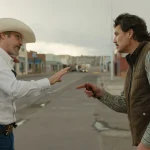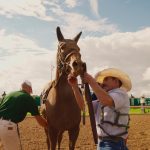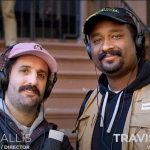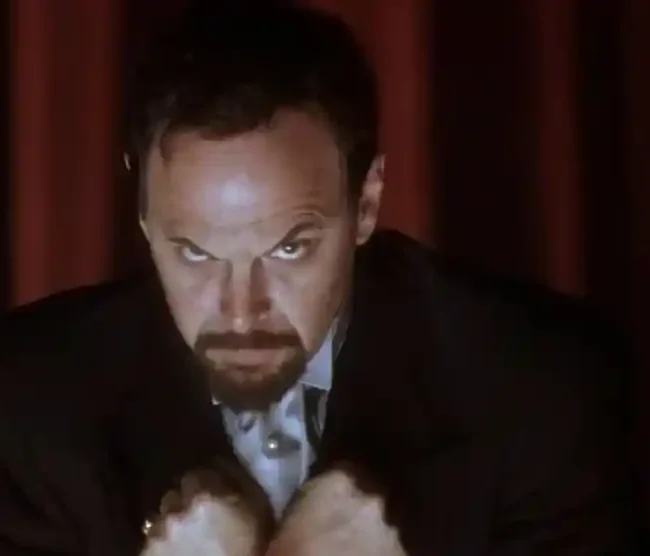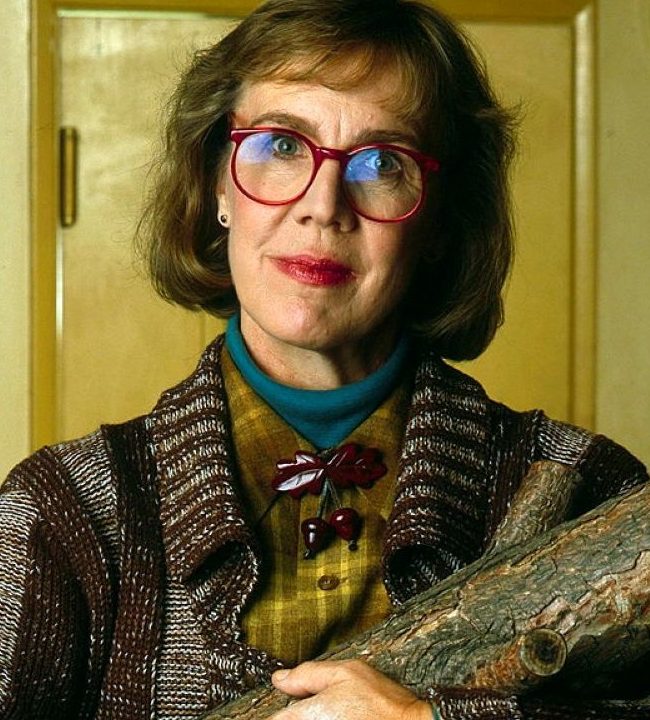A Conversation with Bertrand Bonello (THE BEAST)
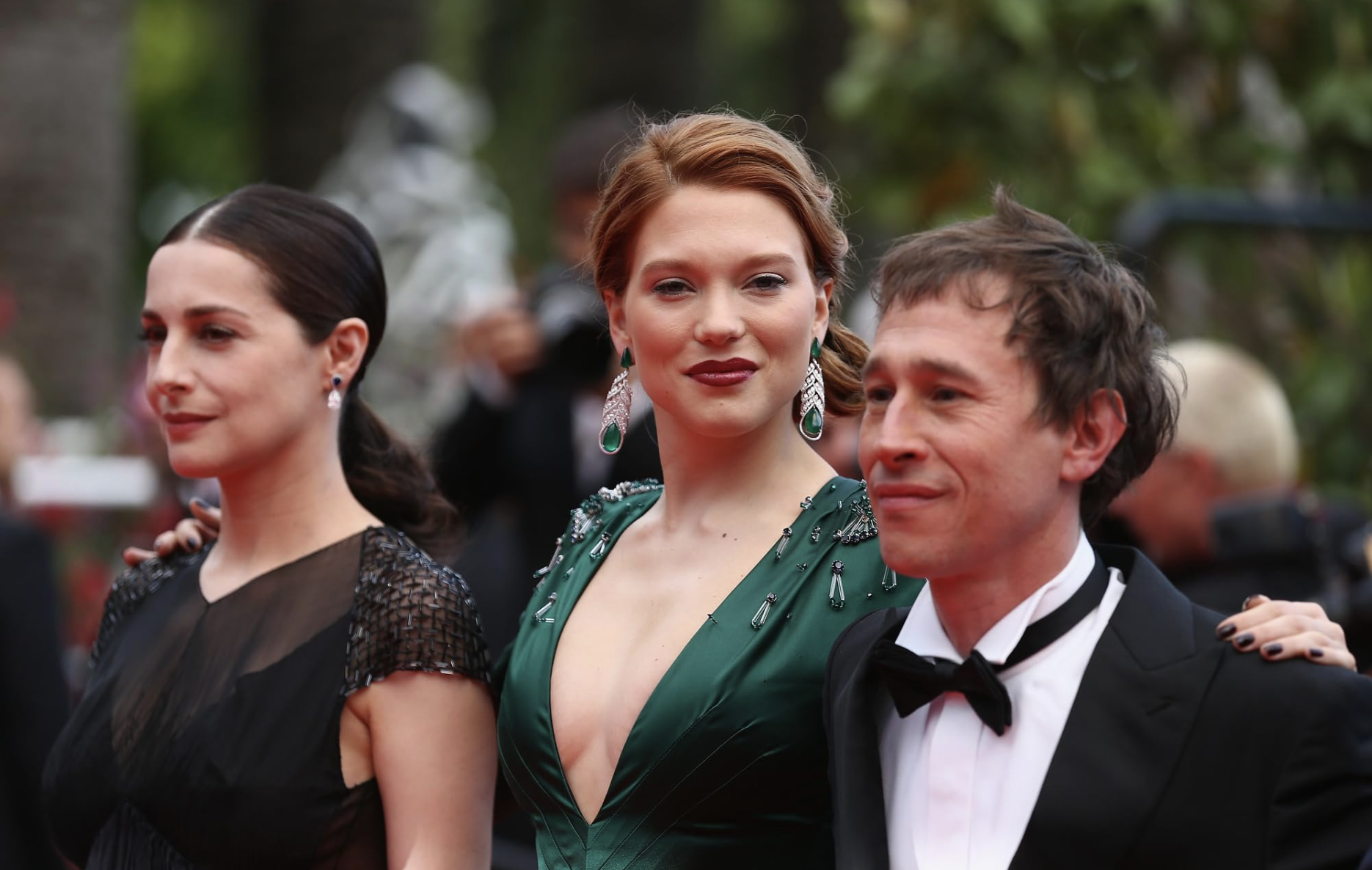
Bertrand Bonello is a multi-hyphenate talent in the film industry. The acclaimed filmmaker is also a producer, composer and actor. His films have been associated with the movement known as New French Extremity. Bonello actually got his start in music as he began playing piano at a very early age. His love of film began at an early age as he watched the films of many greats such as David Cronenberg, Dario Argento, George A Romero and Lucio Fulci. He has been writing and directing films since his 1998 debut Organic. Throughout his filmography you can feel that influence of film history permeating through every frame. I was introduced to Bertrand with his 2014 film Saint Laurent, an untraditional biopic I greatly respected in its ambition. With The Beast Bertrand Bonello has created a showstopper of a film. Easily one of the best of the year filled with lofty ambitions, sheer entertainment and a whole lot on its mind thematically. I had an absolute blast speaking to Bertrand about the film in the following conversation edited for length and clarity.
Hammer To Nail: Thank you so much for taking the time to speak with me today. I have been a big fan of your films for a long time now and I really love this one. The first thing I want to know is how the excellent Léa Seydoux and George MacKay got involved.
Bertrand Bonello: I wrote the script for Léa. I was thinking of her during the writing process. It was originally Lea and Gaspar Ulliel, but he passed away. We postponed the film. We decided to not replace Gaspar with another french actor. We did a classical casting process amongst American and British actors. I met George in London and I loved his tests. He is an amazing actor. Beyond that, I could see in him a total understanding of the meaning of the scenes and the film. He made the film possible. I brought him back to Paris. To see his chemistry with Léa and it was perfect.
HTN: We see Léa and George play, mainly, 3 different versions of themselves, however, it is George, whose character goes through the starkest transformations from timeline to timeline. Did you guys shoot each time line on its own or were there days where both Lea and George would have to play different versions of themselves
BB: That would be impossible. We started with the 1910 timeline, then we did 2044, and then finished with 2014. I wish we could shoot chronologically but it was not.
HTN: One early moment I love is ambitious but in a rather subtle way. We situate ourselves in a long shot as we see George and Léa at an opera. Slowly the camera zooms as George proposes she sees a clairvoyant. After a rather flirtatious debate she agrees, the moment she agrees the lights shut and the opera begins. The timing of this moment is all too perfect, what was your thinking behind executing this simple conversation in this way.
BB: We did not have the money to have all those extras so I decided not to do it without a classical shot list. We tried a radical way where we never had to do that wide shot of the opera hall with 800 extras. When you do a shot like this you are searching for little ideas to make it as rich as possible. The timing of that was choreographed to give it that richness.
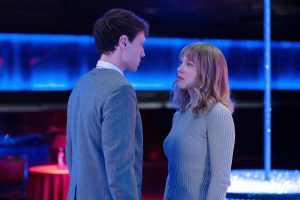
A still from THE BEAST
HTN: At around the hour and 7 minute mark we get a truly remarkable sequence. After being shown around a doll factory of sorts, George and Léa are alone in a room together, they share an extremely fascinating moment rubbing hands before they meet their fate! The highly inflammable celluloid dolls, George realizes quickly the only way out is to go under water. I am highly curious about how these underwater sequences were executed, they look amazing and I was genuinely dumbfounded watching it!
BB:It is done in the most simple way. There is no CGI. We built a location that we slowly put into a swimming pool. We had an underwater crew and all of that but it was done on a set.
HTN: Each timeline has its own look and feel, however, it is still you, Josée Deshaies and Anna Bonello creating these worlds. For each of the timelines what were you hoping to accomplish visually and sonically?
BB: We tried to find at every moment what was needed. In 1910 we wanted it to be sensual so we shot in 35mm. In 2014 we needed something sharper so we went back to digital. Every look in the film is a solution to a problem. Ideas come from problems most of the time.
HTN: Many people do say directing is like problem solving.
BB: Every day there are 100 questions and you need 100 answers. Some are good, some are bad but you have to answer.
HTN: Another moment that stood out to me that repeats is when Léa tries to hang out with 3 girls at the club and they look at her and say, “If you want to sit with us…you gotta own it” That line really stuck with me, what’s the thinking behind these two situations.
BB: There is a lot about Gabrielle and loneliness. Twice, once in 2014 and once in 2044 she is alone in a club. She simply asks to have a drink with them and these girls make her feel like shit. This happens twice not in her life but in her lives. It is her karma.
HTN: Speaking of those club sequences I must ask, I love these sequences in the club. In the 2014 timeline for some reason the club plays Two OG Maco bangers from his lost masterpiece self titled ep. Why were those songs like “Seizure” selected?
BB: Not a lot of people know! You are the first one to ask me about OG Maco. I wanted to find something that was not very danceable. I wanted something very deep and violent. It is an underground club and when you enter you can feel the violence. There is definitely some violence in OG Maco’s music. I agree the song is fantastic and sometimes if I am DJing I play it. It is very loud and it goes right into your stomach. There is so much anger in the way he sings.
HTN: While the film is filled with unique stylings and original ideas, it definitely brought to mind for me many films from the past from Cronenberg, to the Wachowski’s, to Lynch. I am not the only one who feels this way and I am wondering if you feel the film has direct influence from any films or filmmakers?
BB: I do not think this way. I have watched a lot of films in my life. Speaking of Lynch. I watch his films and I do love them. I was mostly thinking about The Shining. Lynch has taken so much from that film. It is the history of cinema I am inspired by. I watched two films before shooting. One was The Age Of Innocence by Scorsese. The other was When a Stranger Calls. Otherwise I would use the word circulation more than I would inspiration.
HtN: The moments utilizing green screen are funny, horrifying and poignant, what were you hoping to accomplish with these moments?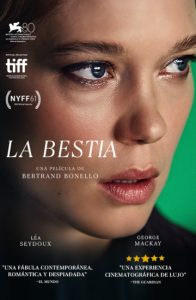
BB: It is the first scene I wrote. I knew when I was writing this that it would be in the film. For everyone in the world the green screen represents the virtual film. If you start the film with a green screen the audience is aware it is going to be different than the typical period film. I wanted to show very quickly that the subject of the film was Gabriella. When you start with her lost in this green you know she is going to be the star of the film.
HTN: It was a great way to start the film. George MacKay’s performance as a reddit pilled incel murderer is terrific and really gets under your skin. What was the inception of this character and why did you feel this was the right perspective for the 2014 timeline.
BB: Incels have a fear of love even if they do not express it. He says, “They do not want me, I hate them, I am going to kill them.” He does not say, “I am afraid of love.” I figured that the incel was a good character to discuss the fear of love. These videos are inspired by a real incel, Elliot Roger. He posted them in 2014. I thought it was a contemporary way to look at the fear of love.
HTN: I wish we could talk about this movie all day but, regardless, thank you so much for taking the time to speak with me!
BB: Thank you Jack!
– Jack Schenker (@YUNGOCUPOTIS)

